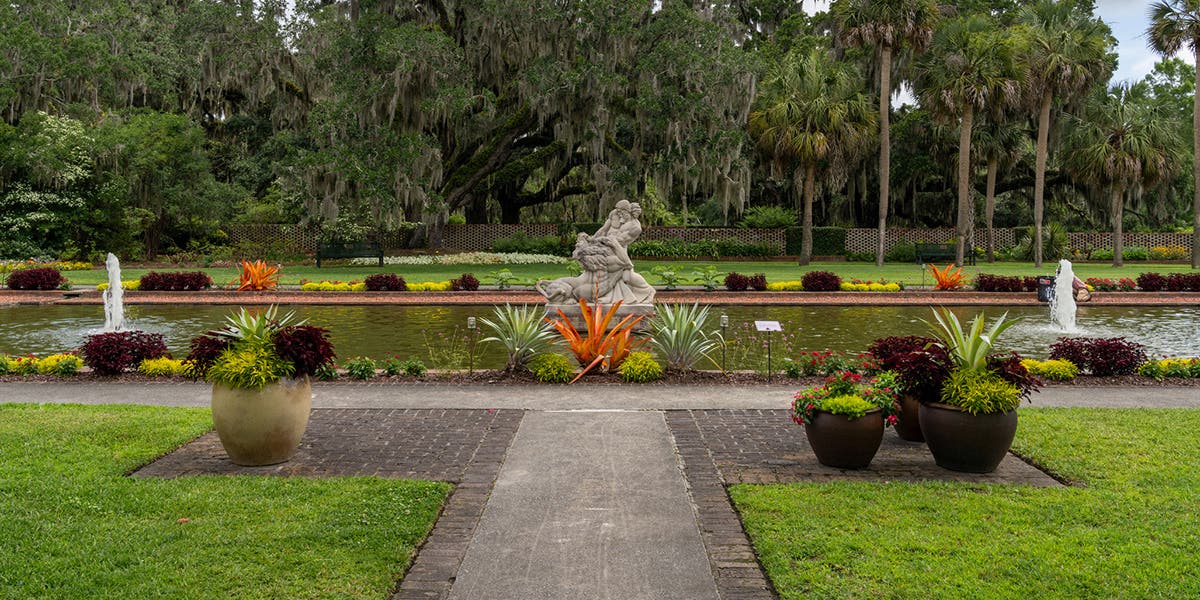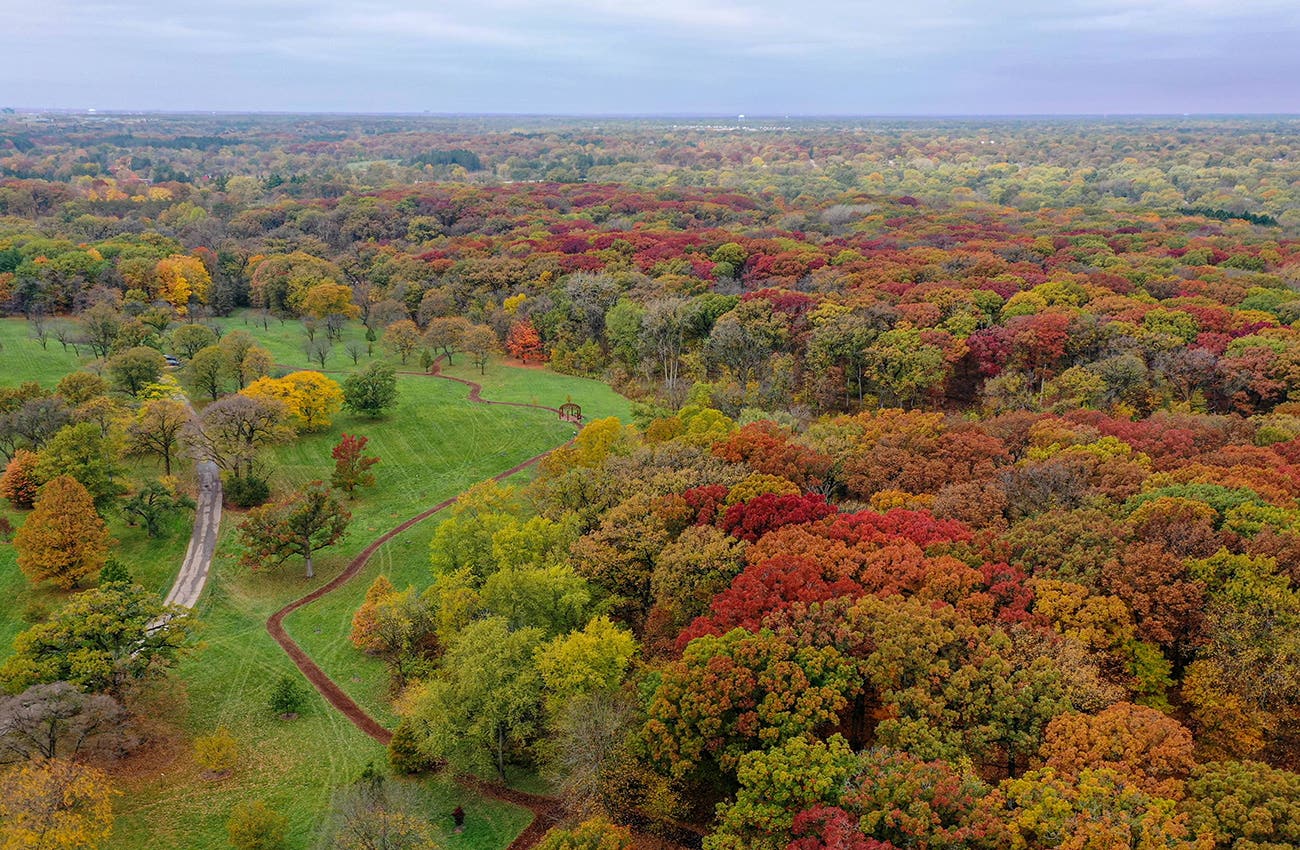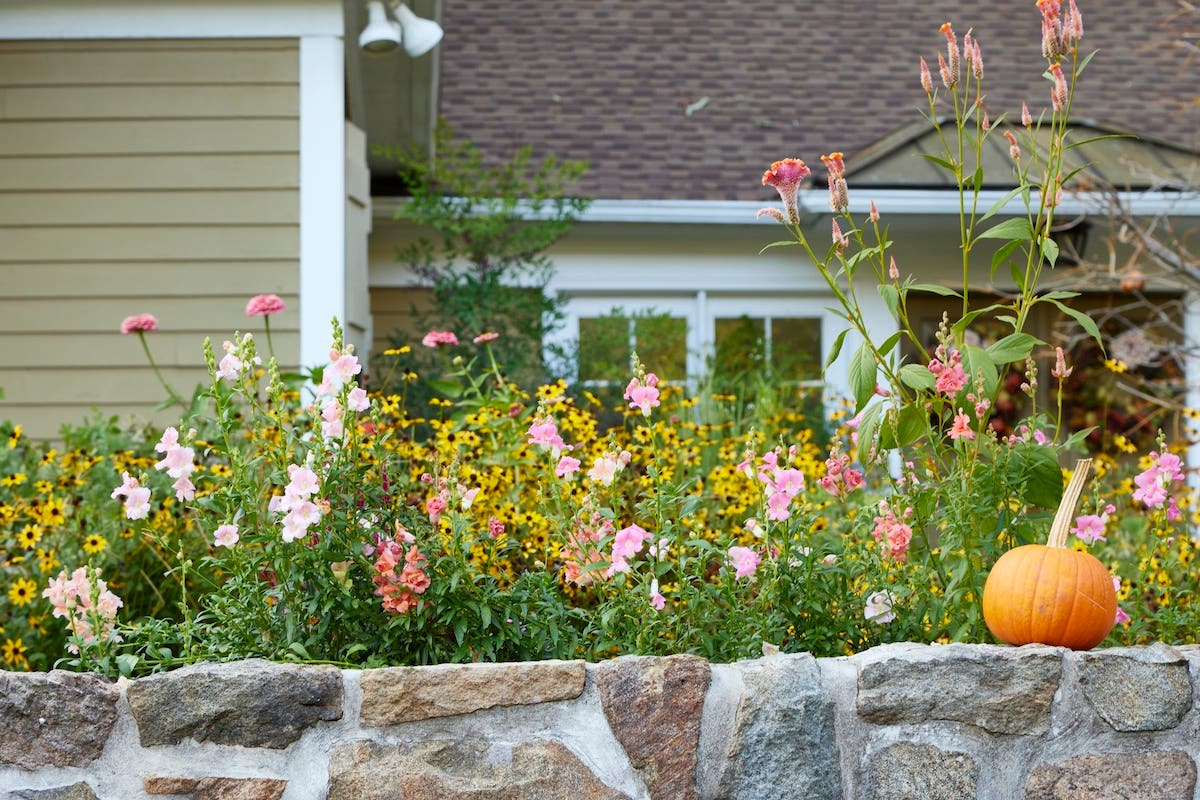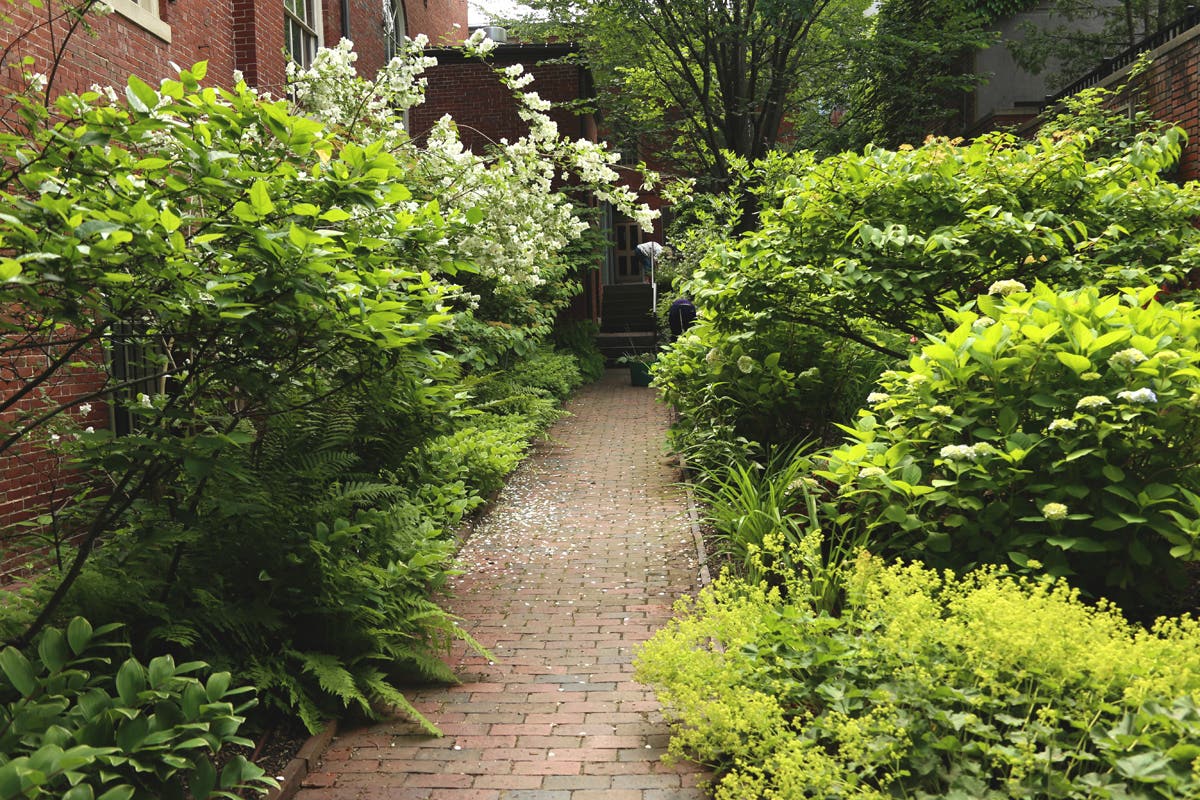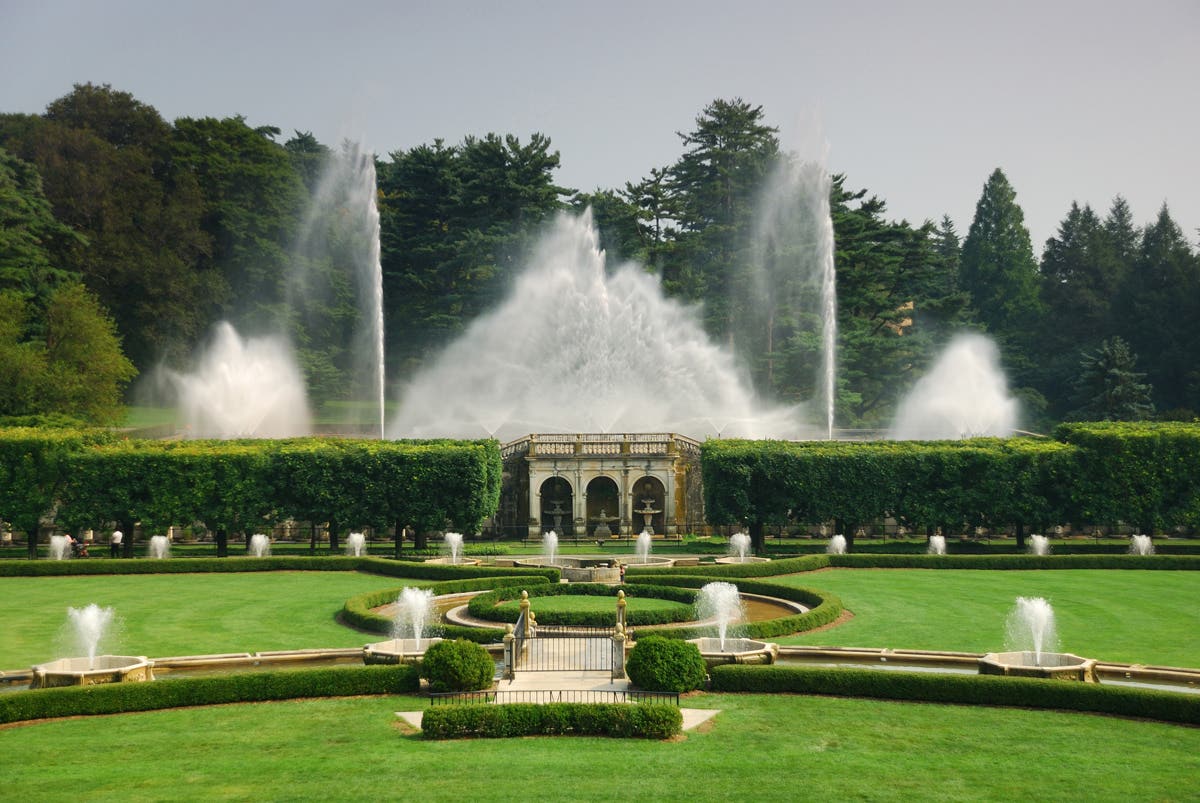Southwest BY JUDY MIELKE / Scottsdale, Arizona, Zone 9
Desert Destinations
WILDFLOWERS are splashing their color everywhere—out in the desert, along the highway, and in neighborhood common areas. As spring debuts in nature, it makes a grand entrance in gardens that have supplemented the irregular rainfall of this arid region and offered protection from hungry desert critters. A visit to one of the botanical gardens in the Tucson area is the surest way to see a dramatic display of wildflowers, not to mention everything else these oases offer home gardeners of the desert Southwest.
Tucson's three gardens could easily occupy any gardener for a day. The Arizona-Sonora Desert Museum bills itself as “a zoo, natural history museum, and botanical garden, all in one place.” Animals native to the Sonoran Desert and adjacent areas are surrounded not with iron bars and concrete, but with habitat displays containing native plants and deceptively real-looking artificial rock. On my latest visit, I was photographing the pinkish-white flowers of wild cotton and nearly dropped my camera when I noticed a black bear, lounging in the shade of an oak tree, not more than 10 feet away (but safely separated from me). Animal-plant interrelationships are highlighted perhaps most effectively in the pollination gardens. Here you can see the plants that provide food for birds and insects and add beauty to the garden.
Tucson Botanical Gardens embraces its history as the former estate of Rutger and Bernice Porter, prominent early Tucsonians, by showcasing plants typical of the 1930s, 40s, and 50s near the garden's entrance. The shade cast by olive trees, myrtle, and dwarf citrus extends partway into the herb garden, where a pergola shelters shade-loving plants. Sunny areas contain plants such as lamb's ears (Stachys byzantina) and dittany of Crete (Origanum dictamnus) spilling over brick borders onto a raked gravel path.
Though a compact five and a half acres, Tucson Botanical Gardens packs a lot into its site. Even the parking lot is used to display plants, including a collection of Australian trees and shrubs. Other areas that provide inspiration to a desert gardener include the butterfly, sensory, wildflower, cactus and succulent, and xeriscape gardens. The Native American Crops Garden pays tribute to the first gardeners in the Southwest, and Nuestro Jardin honors Tucson's traditional Mexican-American neighborhood gardens.
Another former estate on Tucson's north side, Tohono Chul Park, nestles among prickly pears and palo verde trees, a desert oasis now surrounded by the urban landscape. A hummingbird garden next to the Tea Room patio offers patrons glimpses of the tiny jewel-colored birds flitting among nectar-giving flowers. Winding nature trails and the home landscape demonstration gardens showcase much of Tohono Chul's plant collection, and work is underway on a Sonoran Seasons Garden and a Saguaro Discovery Trail. H
To do in the garden
- March is a good time to check the drip irrigation system, to be sure that all emitters are operating properly and that there are no water-wasting leaks in the valves or distribution lines.
- Set out transplants of pepper, tomato, and eggplant. Sow seeds of sweet corn, bush bean, cucumber, summer squash, and watermelon.
- Shrubs damaged by frost over the winter, including bougainvillea, Natal plum, and dwarf oleander, can be pruned back to the point where new growth is emerging, to remove dead foliage (See “Starting Off Right,” page 44).
- Take advantage of mild temperatures and plant trees, shrubs, groundcovers, cacti, and succulents.
- Plan ahead for summer color by sowing seed or planting transplants of annuals that can take the heat: celosias, marigolds, Madagascar periwinkles, portulacas, and zinnias.
Worth growing
Texas mountain laurel Sophora secundiflora
Large clusters of purple flowers hang heavy on Texas mountain laurel in March, perfuming the air with its unusual grape bubble gum-like fragrance. Dense, dark evergreen foliage provides a rich backdrop for the flowers. Seed pods coated with silver fuzz hold marble-size orange seeds. Tolerant of drought and cold (to about 10°F or USDA Zone 8), this large shrub to small tree can be planted in a patio garden or used as an informal hedge.


